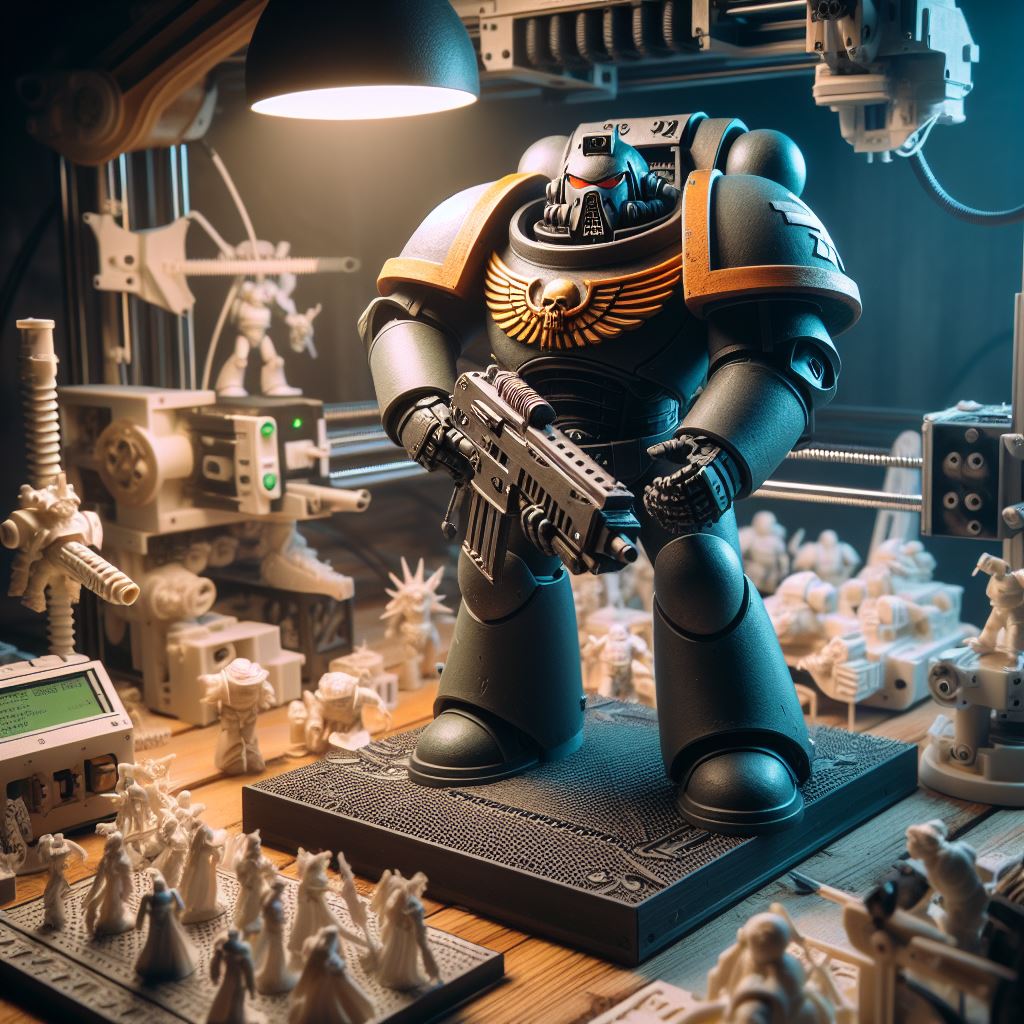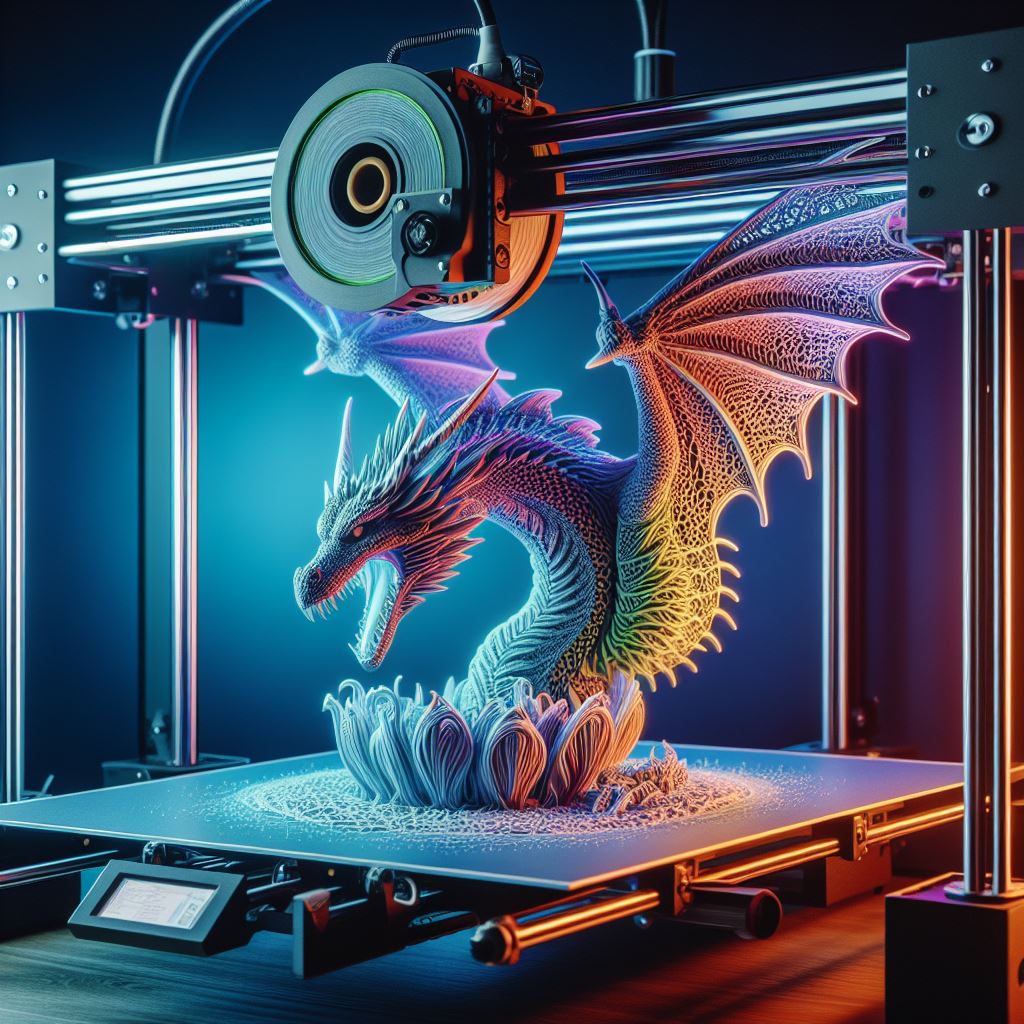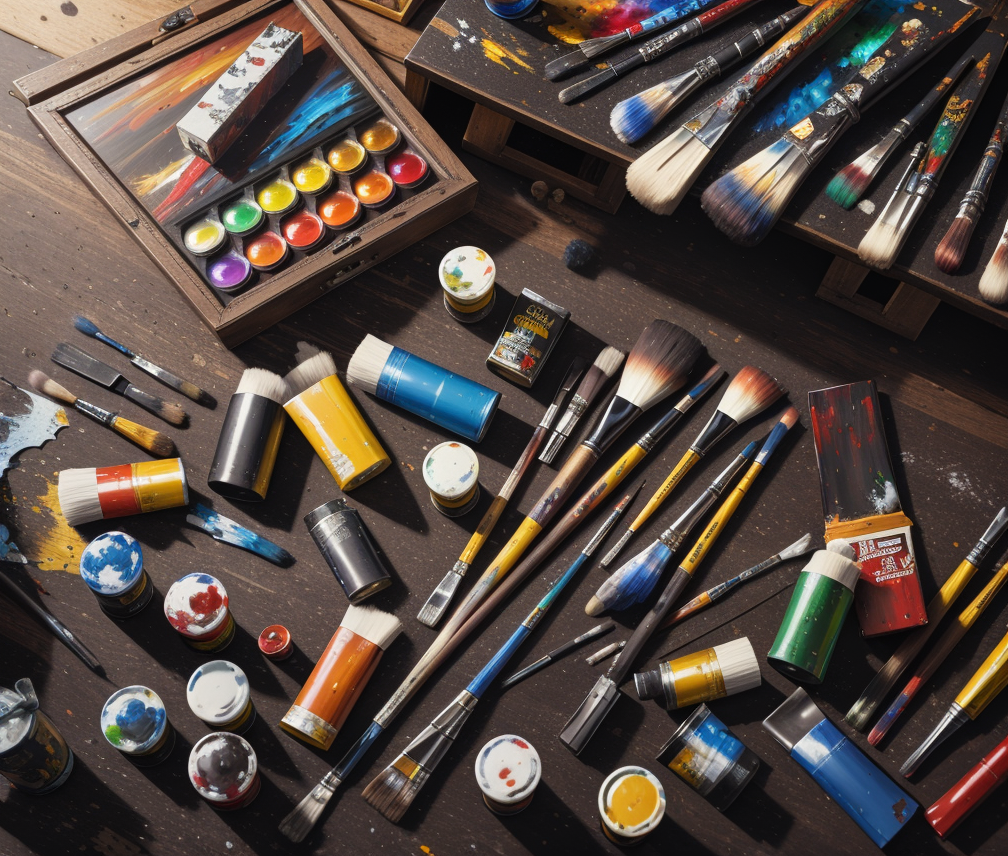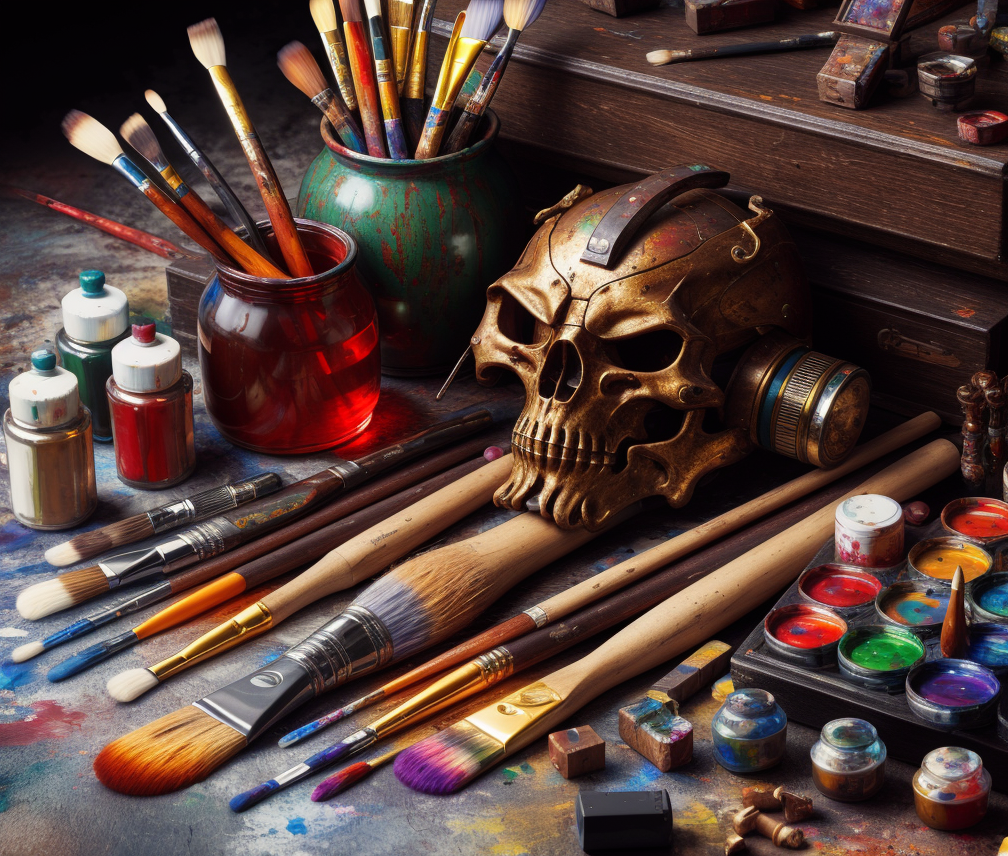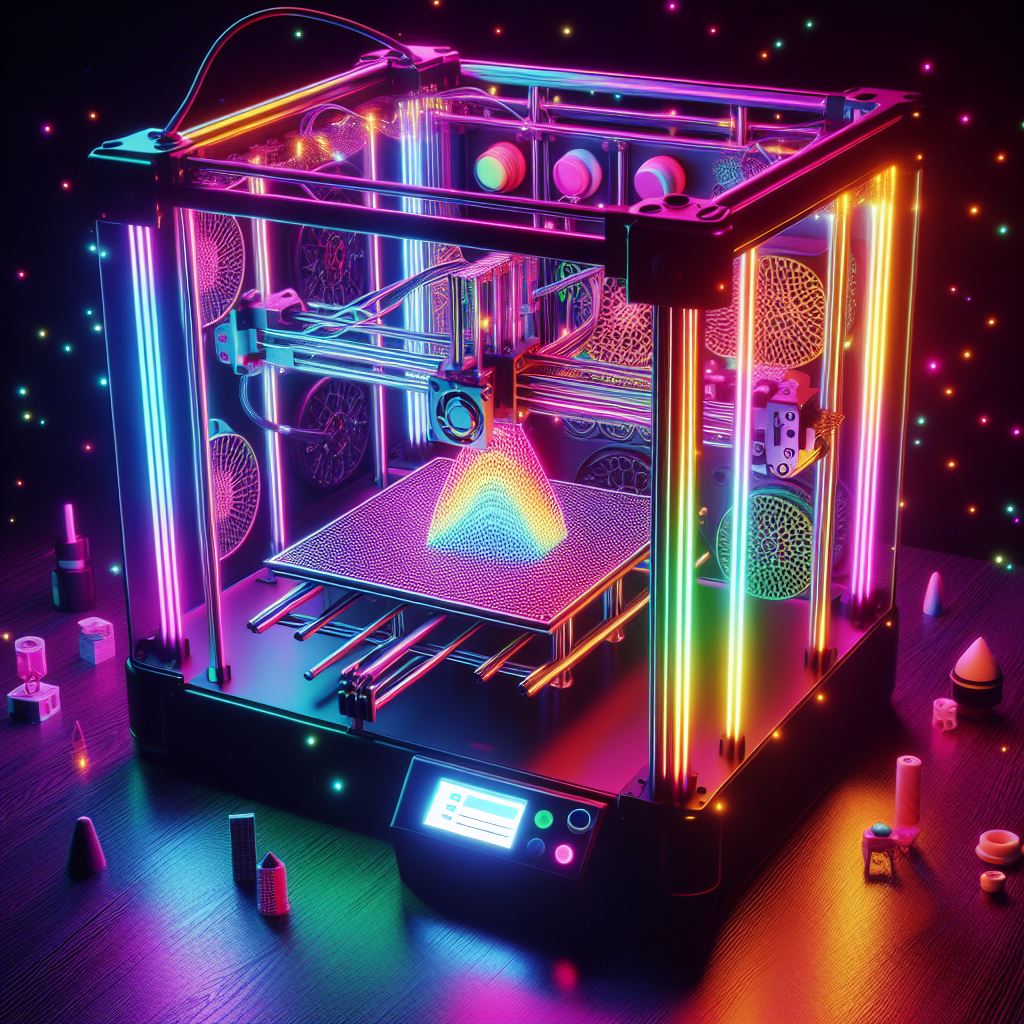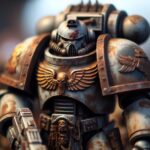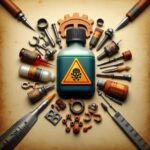How to Prime and Paint 3D Printed Miniatures: A Guide for Beginners In 2024
Miniature wargaming and tabletop RPGs have seen a surge in popularity in recent years. With the rise of affordable consumer 3D printers, hobbyists can now easily create their own custom miniatures at home to use in games like Warhammer, Dungeons & Dragons, and more. However, raw 3D printed models often look unfinished. Learning how to properly prepare, prime, and paint miniatures is key to bringing your custom prints to life.
In this comprehensive guide from the Warhammer Universe team, we will walk you through everything you need to know as a beginner to start priming and painting your own 3D printed miniatures. With over 20 years of hobby experience, I’ll be sharing my top tips and techniques for achieving professional-looking results on a budget. Let’s dive in!
Choosing a 3D Printer for Miniatures
The first step is selecting the right 3D printing technology for printing miniatures. You have two main options:
Fused Deposition Modeling (FDM): FDM printers extrude plastic filament layer-by-layer to build models. Print quality is lower than resin but materials are cheaper. Good for large terrain pieces.
Stereolithography (SLA): SLA printers use ultraviolet light to cure liquid resin. Produces highly detailed prints perfect for miniatures, but materials and maintenance are more complex.
For miniatures, I strongly recommend SLA printers over FDM. The level of detail from SLA is vastly superior for capturing intricate miniature designs. Leading budget SLA printer options include the AnyCubic Photon and the Elegoo Mars.
If investing in an SLA printer is too big of a jump, FDM can still work well. Focus on models with thicker layered textures like stone golems rather than skinny humanoids. The Prusa i3 MK3S is an excellent mid-range FDM printer.
We also have a guide for finding the right printer for 3d printing Miniature Warhammer models
Cleaning and Sanding 3D Printed Minis
Fresh off the print bed, raw 3D printed miniatures will likely have visible layer lines, supports, or resin residues that need addressing before painting:
- Carefully remove any supports with flush cutters and sand down points of contact.
- Smooth FDM layer lines by gently sanding with fine grit sandpaper in circular motions. Be careful not to damage details.
- Wash resin miniatures with isopropyl alcohol to remove uncured resin. Use an ultrasonic cleaner for best results.
Take your time with cleaning and sanding to prep the surface. Any imperfections will show through paint!
Priming 3D Printed Minis
Once cleaned, priming is an essential step before painting. Primers create a uniform base layer for paints to adhere to.
Spray primer from a can is the easiest approach for most beginners. Hold the can 8 to 12 inches from the miniature and apply light, quick passes at multiple angles to build up an even coat. Avoid holding the spray in one spot or you risk pooling and losing detail.
Two of my favorite primers for miniatures are:
- Citadel (Warhammer) Primer: Formulated specifically for miniatures, provides great adhesion without obscuring detail.
- Krylon Fusion All-In-One: Budget option that can prime and paint in one. Just be careful not to apply too thickly.
Allow primers to fully cure for at least 24 hours before painting. Then sand if needed with fine grit sandpaper to smooth out the surface. Apply a second thin pass of primer after sanding for ensured coverage.
Acrylic Paints and Brushes
With priming complete, it’s time for the artistic fun of painting! For best results:
- Use high quality acrylic hobby paints designed for miniatures. Vallejo and Army Painter are great mid-range options.
- Thin your paints slightly with water so layers apply smoothly without losing detail.
- Invest in a selection of sable hair brushes in different tip sizes ranging from fine point to broader tips. This gives you control options for both precision details vs. larger base coats.
- Rotate your miniatures as you paint using alligator clips on a holder or wage stick for easier access.
I recommend starting out with a basic 12 color acrylic paint set so you have versatility without being overwhelmed by too many color choices.
Painting Techniques for Miniatures
Here are my go-to techniques for bringing a 3D printed mini to life with paint:
Base Coating
Base coating establishes the foundational colors on a miniature. It’s easiest to start with hard to reach crevices and underlying dark tones. Slowly build up opaque coverage using multiple thin layers of paint rather than thick single coats. Allow each layer to fully dry before adding the next.
Washing
Washing involves applying a thin paint mix into crevices and details to create shading and contrast. The wash flows smoothly across surfaces, darkening recesses while coloring raised areas lightly. This makes details really pop with depth!
Dry Brushing
Dry brushing is an easy way to make details like chainmail or clothing fabric stand out. Dab your brushed into paint then wipe it on a cloth so just a small amount remains. Then lightly whisk over surfaces so only the most raised areas catch faint colored highlights.
Advanced techniques like wet blending can take miniatures to the next level but require lots of practice. I recommend sticking to basic techniques for your first few minis. Focus on quality over quantity and learning the fundamentals.
Basing Your Miniatures
Basing is an optional final step where you create a textured terrain, usually some form of ground, for your miniatures to stand on. Materials like sand, static grass and rocks can be affixed to the base with glue to depict environments matching your game world.
Custom basing lends realism and practical stability so miniatures don’t tip over as easily. This step often gets overlooked by beginners but adds a lot of personality once you dive into it!
Clear Coating and Protection
For gaming miniatures, apply a protective clear matte spray coat when finished painting to seal the acrylic paint and add durability. Miniatures used just for display may skip this step if desired. Let clear coats cure for 24 hours before use.
And voila, your 3D printed miniatures are ready for the tabletop! Just take your time, practice fundamental techniques, and most importantly, have fun bringing your custom designs to life in vivid color.
For more miniature painting tips or to see our latest 3D printed terrain builds, check out the Warhammer Universe Youtube channel. We also offer free STL files of our designs on Cults3D for you to 3D print.
Happy gaming and painting! Let me know if you have any other questions in the comments.
Related Articles
Discover the top 3D printers in 2024 for hobbyists to craft stunning Warhammer miniatures and quality tabletop terrain pieces.
Learn answers on current 2024 laws around 3D printing copyrighted Warhammer miniatures for personal use and tournaments.
Master complete miniature 3D printing guidance covering robust printing, vibrant painting and long-lasting preservation techniques.
Apply essential 3D printing basics for beginners jumping into modeling custom miniatures – tackle first prints through finishing.
Utilize budget-friendly kitbashing by customizing Warhammer miniatures with scavenged parts from various tabletop games and genres.
Get recommendations for top beginner 3D printer picks – weigh resin vs. filament options for affordability, ease of use and print quality factors.
Troubleshoot stringing issues on your prints through dialing in temperature, retraction distance, speed and cooling settings for clean miniatures.
Strategize strong but minimal supports when 3D printing intricate miniature overhangs and geometries prone to failure.
Get clarity on full warhammer army 3d printing cost – from hardware to resin/filament, paints, models and army scale cost factors.
See how how nozzle dimensions impact prints – balance resolution against speed when crafting highly detailed miniatures.

